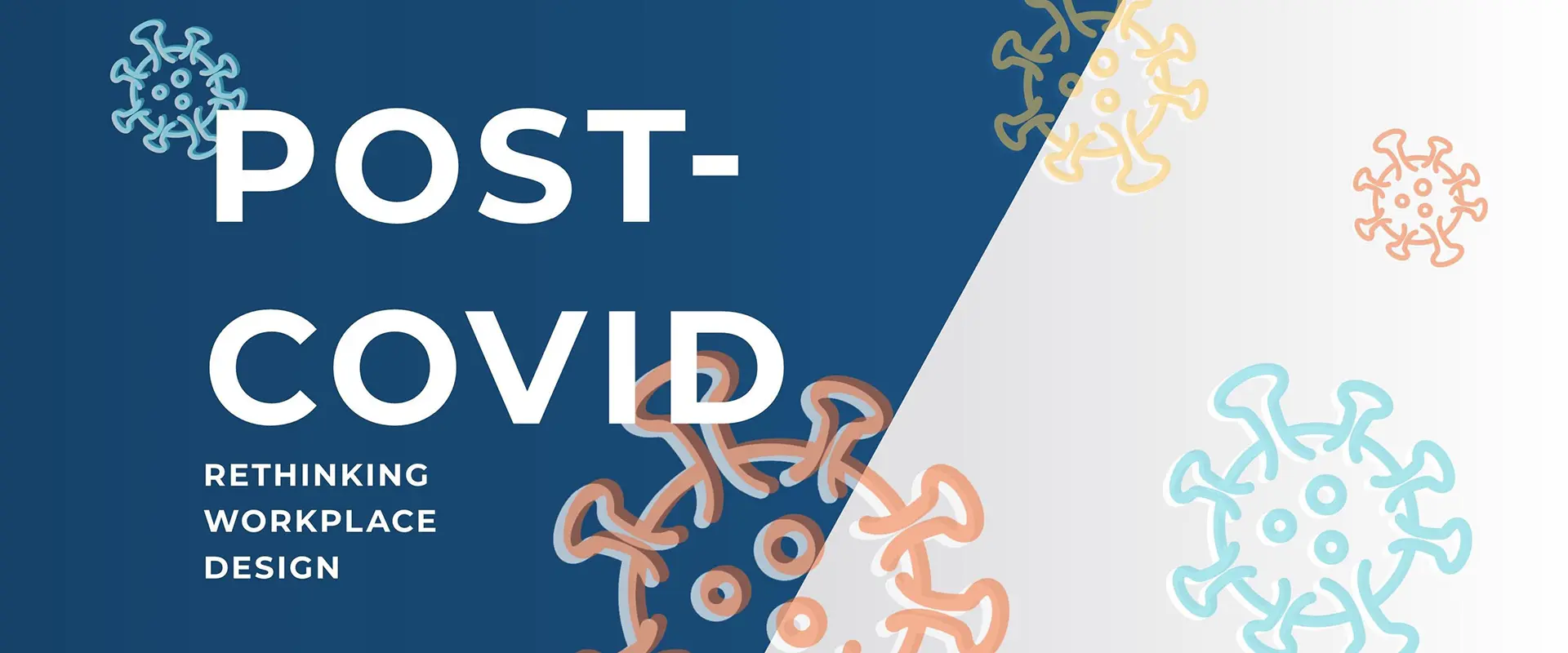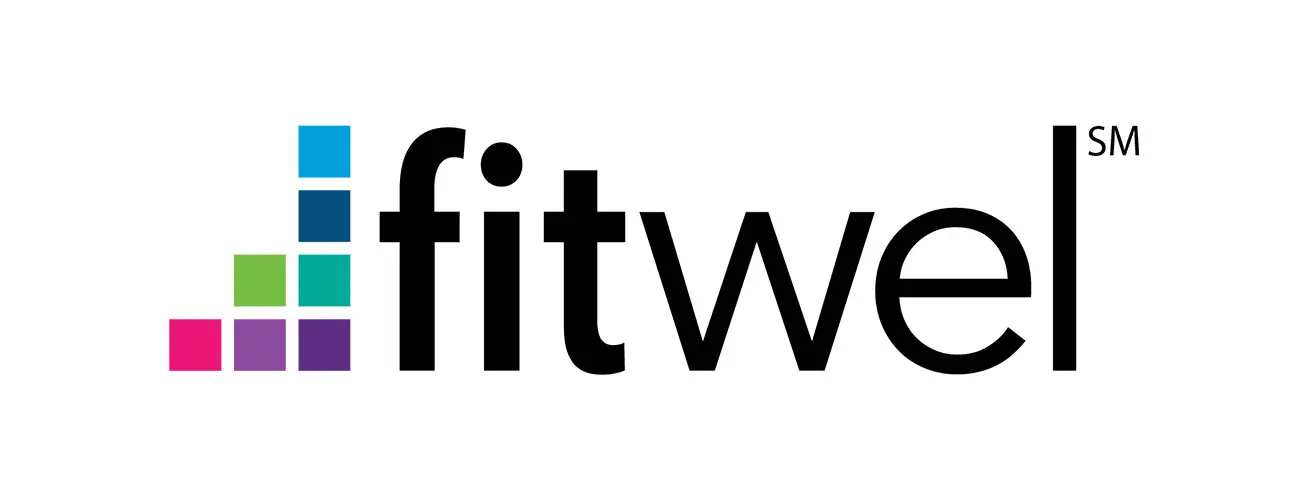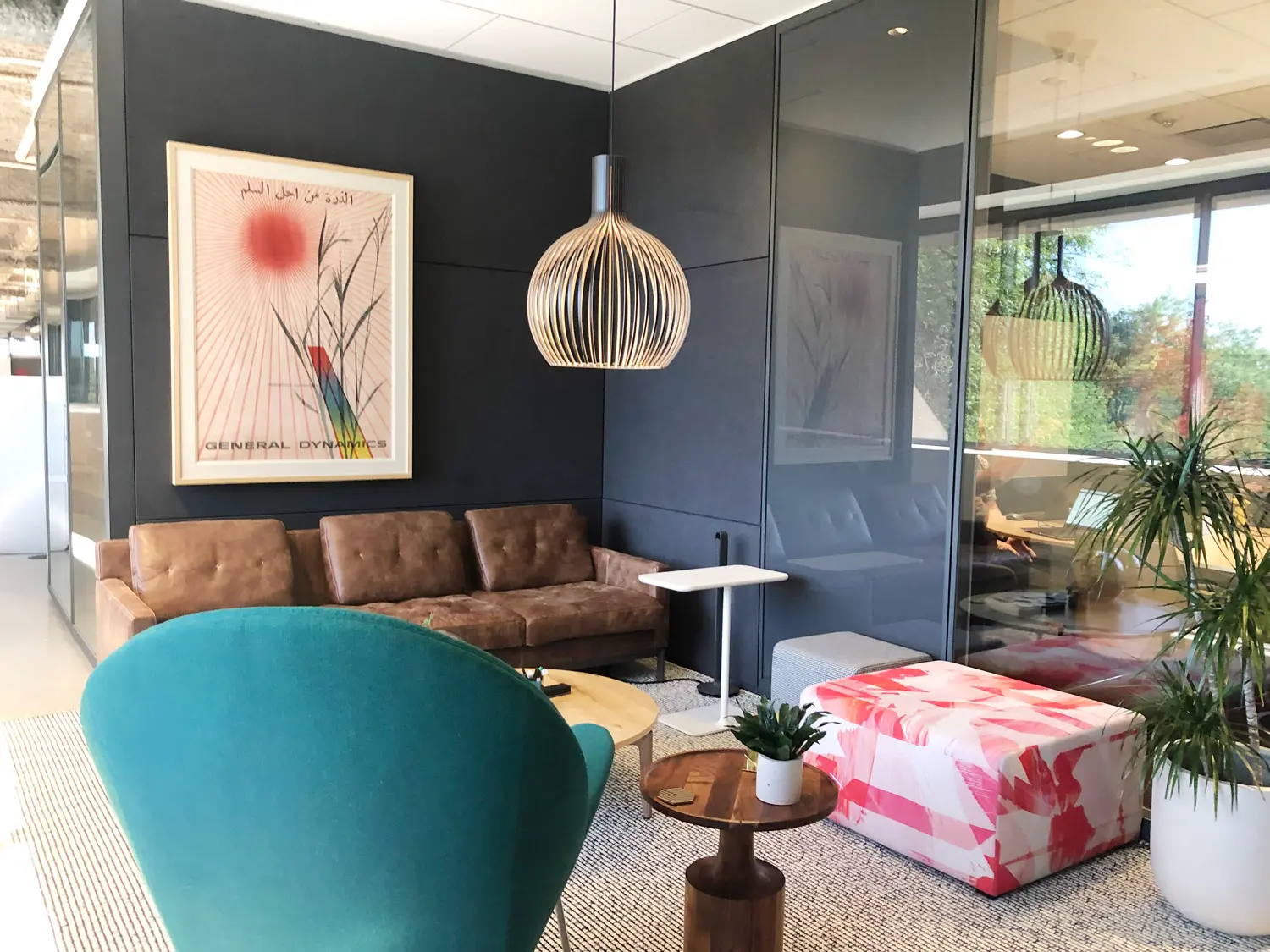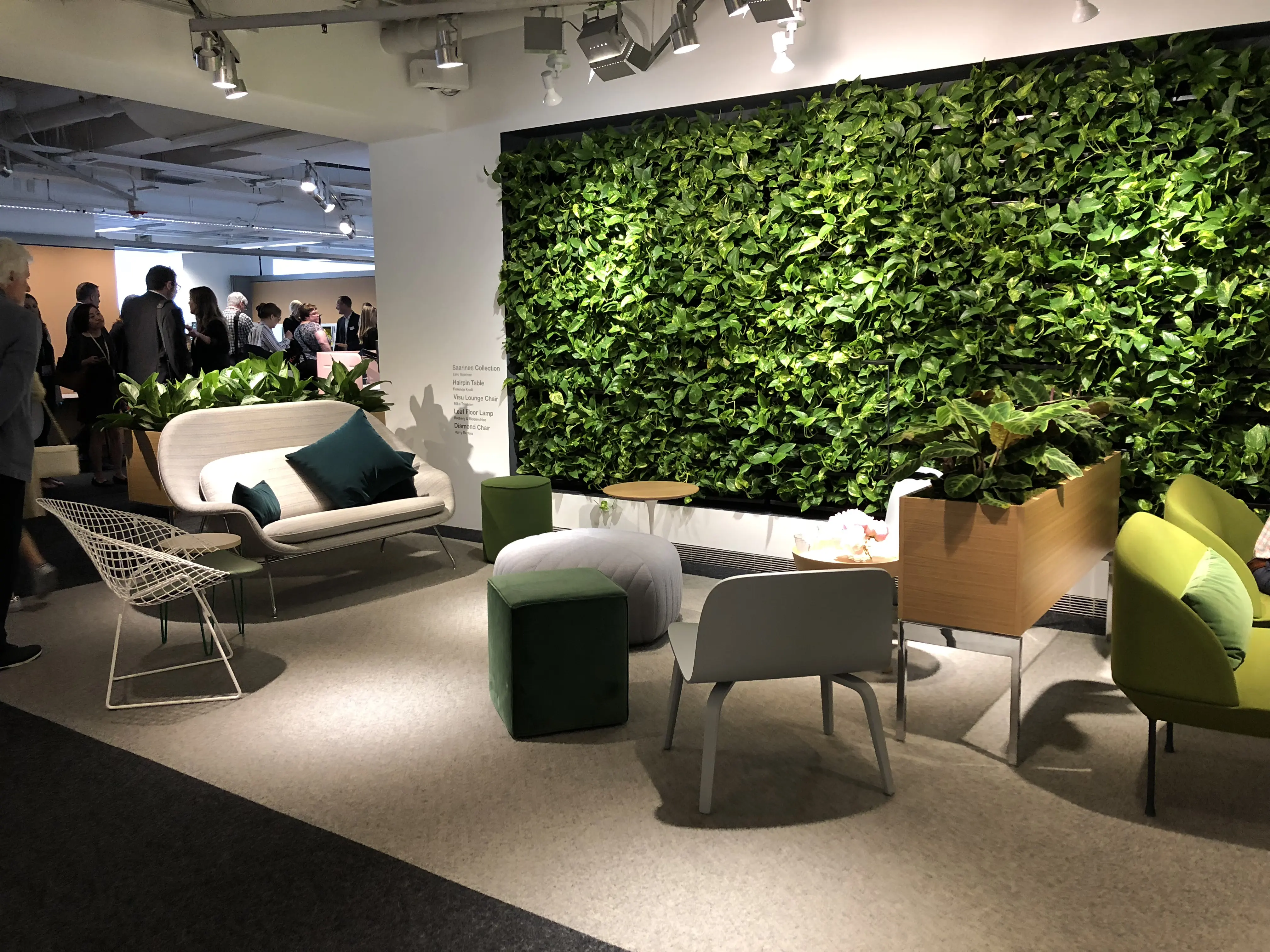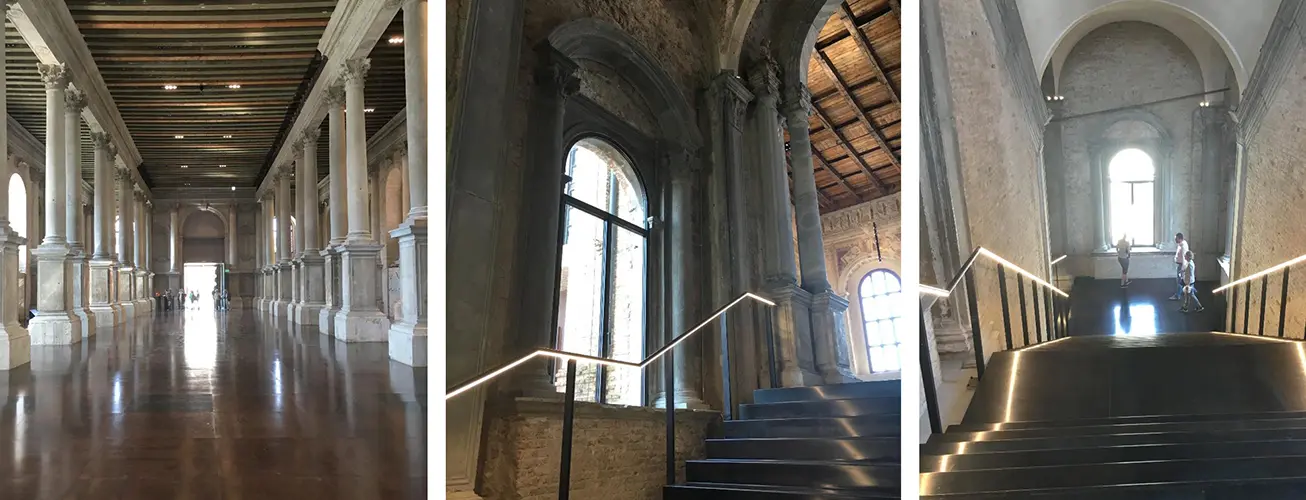NCIDQ stands for “National Council of Interior Design Qualification”. The NCIDQ Certification is the interior design industry’s recognized indicator of proficiency. The NCIDQ is comprised of 3 separate exams: The Interior Design Fundamentals Exam (IDFX), the Interior Design Professional Exam (IDPX) and the Practicum (PRAC). These three exams not only determine a designer’s proficiency, but also his or her commitment to the profession.
Sunday, July 15th was the deadline to register for the NCIDQ exams in October, so many designers nationwide are now creating study groups and preparing their study schedules to be ready for the exams this fall. Most of our interior designers at Remiger Design are NCIDQ Certified, and the remaining are working toward certification. We thought it would be helpful to put together a list of tips and tricks to aid our interior design community for the upcoming exams!
Our Tips!
- Go on NCIDQ’s website and read about each exam carefully. Each exam has a purpose and studying must be tailored to the content of the exam. https://www.cidq.org
- Acquire the latest addition of the NCIDQ Reference Manual: Everything You Need to Know to Pass the NCIDQ Exam. The website has “Exam Blueprints” that will tell you what percentage of the sections make up each test. For example, construction documents embody 40% of one of the tests, so you want to hit those sections of the book harder than the sections that make up 10%.
- Apply online for your exams the first day registration opens! Applying for the NCIDQ is a lengthy process which involves sending a hard copy of your transcript, proving your experience hours, and acquiring letters of recommendation from existing and previous employers. Gathering this information at last minute could cause you to miss the deadline! If you’re an early bird for registration, you will have more choices of timeslot to take your tests as well!
- “Qpractice” is an excellent source for study material. This website provides many types of practice tests, study guides, and classes to help you pass the first time! This material does have a cost association but dig through their plans and options to see what might work for you! We recommend signing up for the IDFX and IDPX practice tests about a month before your exams. This way you don’t have to pay for several months, and you can test the knowledge you learned in the book in the same format the exams will be in up to the minute you take the test. These practice tests will also show you which sections you need to brush up on. Check out their helpful website! https://www.qpractice.com/
- This one is a no-brainer – FIND A STUDY PARTNER! You will need the encouragement and support as you are studying! Set up a weekly meeting to touch base, so you can hold each other accountable for the material.
- Ask your fellow coworkers who have passed the exams if they have any old study materials! The most valuable materials are the handwritten practice tests for the Practicum. The book alone cannot prepare you for the PRAC 2.0.
- Make flash cards! Flash cards are a terrific way to study anywhere – on your lunch break, on a plane, or in a waiting room at a dentist office! If your coworkers have their old flashcards, use those as well! They may have useful information you may have missed.
- Read the whole book twice! The first time, take detailed notes reading slowly and carefully to make sure you have seen all of the information at least once. The second time, read quickly and review your notes and flash cards by chapter as you read to add anything missed that has been brought up on practice tests or in study groups.
- For the IDPX, read the general conditions of the contract, and all other documents the book refers to. Make sure you know who (general contractor, owner, interior designer, architect, structural engineer, electrical engineer, or mechanical engineer) is responsible for what in the design and construction processes. Read the chapters in the book on contracts more than once!
- For the PRAC 2.0, acquire the latest NCIDQ PRAC 2 Practice Exam book. This book is great to help you prepare for the new format of the PRAC Exam. Previous versions of the exam were done by hand drafting and took 8 hours to complete! This version is much shorter but covers all the same information. Don’t look at practice book until a month before the test. You can only take this practice test one time before you know all the answers, so we recommend waiting until a month before the test to take the practice test.
- For the PRAC 2.0, find all the hand written/graded old practice tests you can and understand the how and why of each section and red mark. The PRAC did a great job of making sure you had to know all of the information from those old test, but just asks it in different ways. Studying handwritten first, will make practicing with the PRAC 2.0 book more impactful.
- For the PRAC 2.0, memorize the formulas. Make a sheet of formulas for calculating occupancy, rentable, gross, etc. Put every formula on that sheet and memorize!
- For the PRAC 2.0, take the $12 Mini Quiz on the NCIDQ website to get a feel for online platform. The questions are simple, but the format is helpful to understand. You’ll go in more confident. There are more quizzes available on NCIDQ, but they are more expensive. I would recommend taking them if you’re willing to spend the money.
- For the PRAC 2.0, read over and over the NCIDQ Building Codes off the NCIDQ website. Building codes typically vary per location, so make sure to study NCIDQ’s buildings codes instead of 2015 IBC for example. Reading the codes over and over will help your speed on the test.
Good luck everyone!
